With the growing population in the world, the food requirement is also increasing rapidly. It is an important food crop that plays an important role in meeting global food needs. Wheat (Triticum spp.) ranks first among the world’s food crops. Wheat cultivation is very popular in many different parts of the world. Let’s check out the ways wheat farming make you rich in a short time.
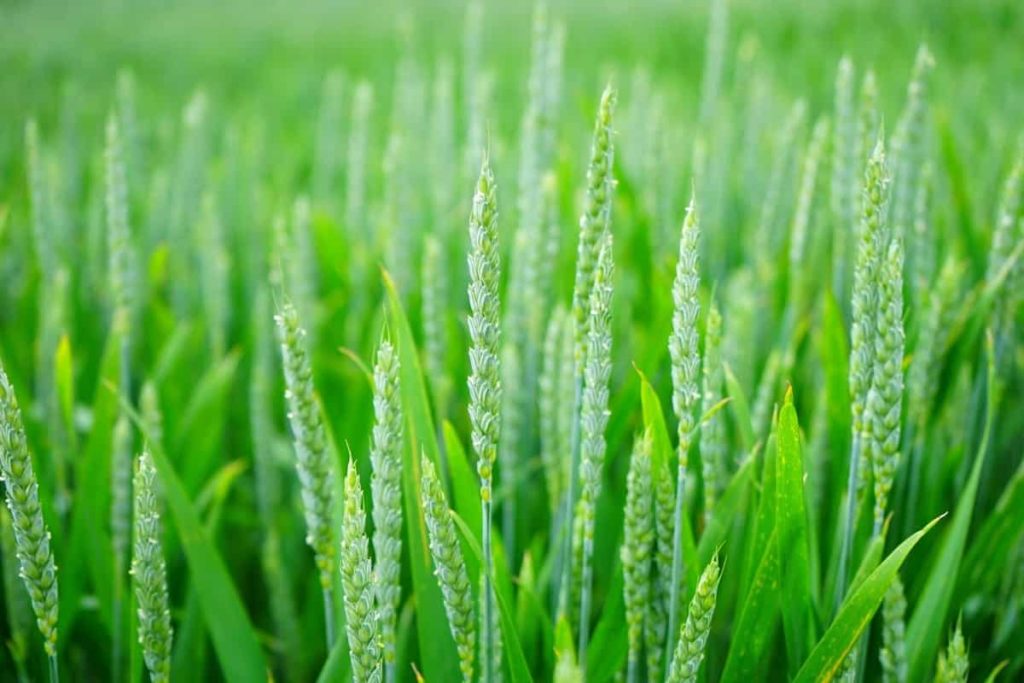
The best ways to help Wheat growers increase farm profits
Buying professionally grown seeds
Professionally produced or certified seeds have been inspected and generally certified against strict quality standards to ensure their identification. Buying professionally produced seeds assures farmers of at least the following;
- Variety of purity;
- Minimum germination percentage;
- Free from weeds; and
- Increase production capacity.
Use of best management practices
This is discussed, but it is always a good reminder to use the best management practices to get the most out of your farm. This includes the use of professionally grown seeds but also to ensure that a farmer;
- Selects the best varieties for his needs;
- Uses a reasonable seed rate to ensure maximum production capacity. This involves making sure you plant at the right dates and the depths recommended for different varieties and environments;
- Use the right fertilizer in the right place, in the right amount, at the right time; and
- Uses the correct harvesting speed.
Seed quality
Use good quality seeds to produce high-quality Wheat.
In case you miss this: Organic Wheat Farming, Production Practices
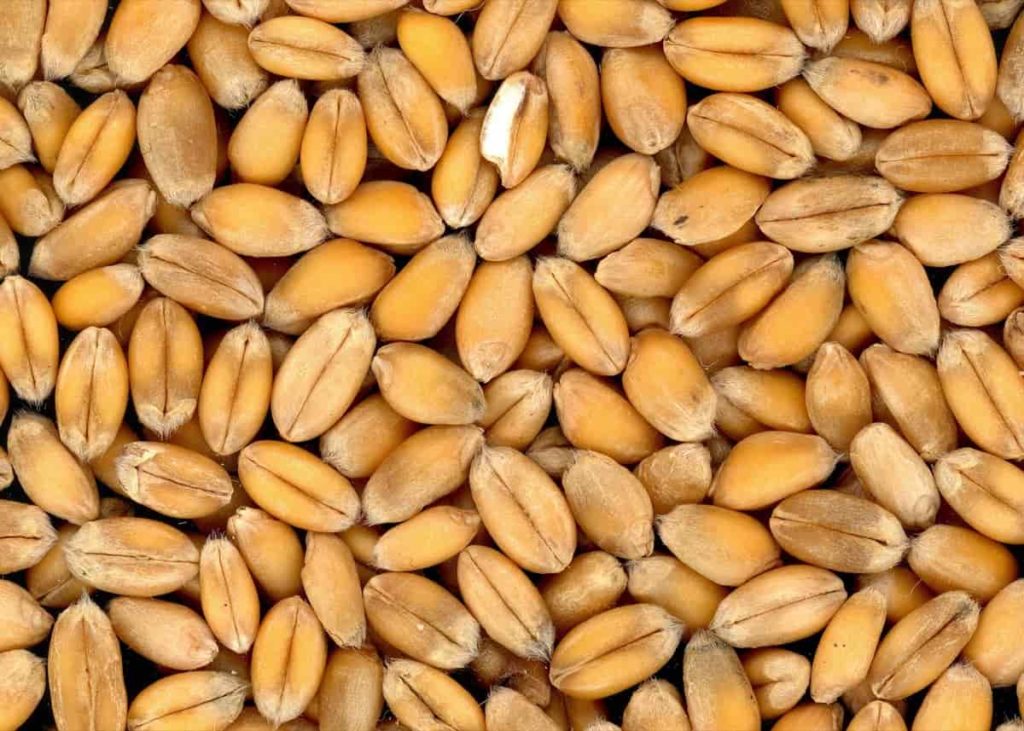
Use of innovations
This new method of cultivating Wheat guarantees higher yields and better profits. Sowing these varieties of Wheat can increase the yield by 2 to 3 times.
- HI-8663 (HI-8663) – This variety offers high quality and productivity. It can withstand the heat. Not only that but the crop is ready for maturity in 120-130 days and through this, we get 50-55 quintals yield.
- Pusa Tejas – This is a new variety of Wheat and has been identified for Central India. This variety ripens in 3 to 4 irrigations and yields about 55-75 quintals per hectare. This Wheat can be used in making foods like pasta, noodles, and macaroni as well as chapatis. It contains nutrients such as protein, vitamin A, iron, and zinc.
- Pusa Ujala – A new variety of Wheat, Pusa Ajala, has been developed for peninsular areas where irrigation facilities are limited. This variety ripens in 1 to 2 irrigations and yields 30 to 44 quintals per hectare. We tell you that this type of Wheat has a good amount of protein, iron, and zinc.
- J-W 3336 – This type is developed under the Nutrifarm Scheme. It is rich in zinc and prepares the crop in 2 to 3 irrigations. This means that the crop is ready in 110 days and yields 50-60 quintals per hectare.
How can Wheat yield be improved?
There are many ways to increase Wheat production in farmers’ fields. Funding from the International Wheat Yield Partnership (IWYP) will be focused on increasing Wheat production capacity in a global environment. At the fundamental level, this will be achieved by improving Wheat’s ability to absorb and process the sun’s energy, through photosynthesis, and by ensuring that captured carbon ends up in the Wheat grain.
Even increasing the photosynthetic efficiency of Wheat from 1% to 1.5% will allow farmers to increase their production on the same land without using water, fertilizer, or other inputs. Increasing Wheat yields will require a combination of basic biological sciences and applied research. IWYP will provide it through a focused research program to develop new knowledge, models, and Wheat lines suitable for multiple environments to ensure global gains in Wheat production.
The IWYP will target six key research areas
- Uncovering the genetic variation that differentiates between carbon sequestration and the distribution of Wheat lines.
- Use of fixation to increase carbon capture through genetic modification from Wheat and other species and increase biomass production.
- To improve Wheat yield and crop index to improve Wheat growth.
- Develop elite Wheat lines for use in programs
- Building on discoveries in Wheat relatives
- Fostering breakthrough technology growth that can transform Wheat breeding
In case you miss this: Wheat Seed Germination, Time, Temperature, Procedure
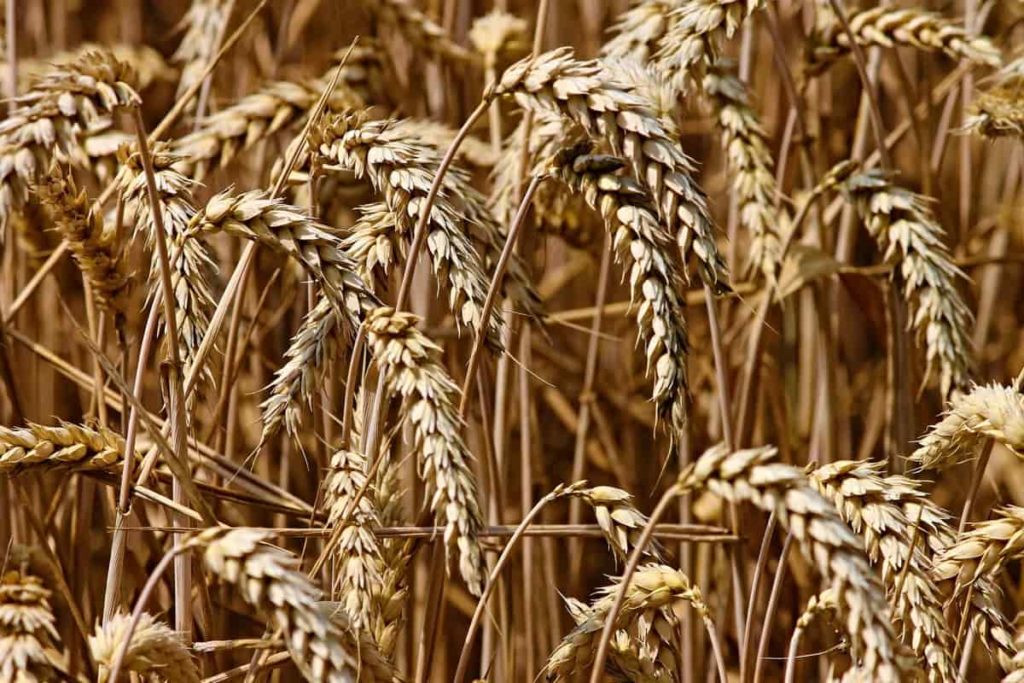
An increase of 50% or more in Wheat production capacity is possible only by improving crop management according to the current environmental conditions. First of all, it is important to consider the productivity of the crop and the climatic conditions. Plant resistance in critical periods depends on the ratio of growth rates to environmental factors that limit Wheat production.
Secondly, it is important to promote efficient agricultural activities according to a particular capacity. It is during the active development season that culture reacts more actively to adverse conditions. It is possible to control its development by using effective elements of agricultural technology. This will include pruning, soil tillage, sowing time, varieties selected for planting, fertilizers, and irrigation.
Reduce costs and improve the Wheat grower’s profitability
Variety selection
Choose varieties for higher yields and disease resistance. Certified, treated seeds are recommended, but if you choose to plant bin-run seeds, make sure you clean and treat them.
In case you miss this: Wheat Cultivation Income, Profit, Yield, Proejct Report
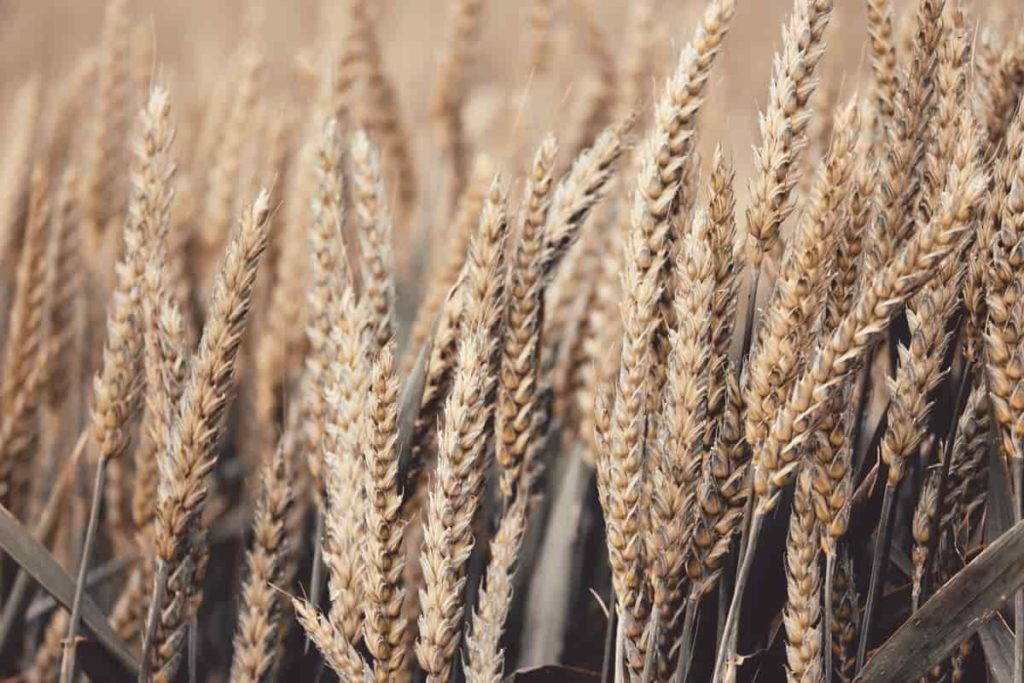
Nitrogen fertilization
Nitrogen fertilizer is important for profitable Wheat production. Identifying yield potential (YP) can help reduce nitrogen costs because unrealistic expectations will result in higher nutrient consumption.
Phosphorus, Potassium, and Sulfur fertilizers
Use phosphorus and potassium as per soil test and apply in the fall as pre-plant inclusions. Wheat has reacted to sulfur fertilizer. Apply 25 pounds of sulfur per acre in autumn or spring.
Plant growth regulators
Plant growth regulators can help reduce habitat and thus maintain grain production and quality. However, for those who need to reduce their costs, the risk of lodging is usually managed by using the appropriate rates of fertilizer nitrogen, choosing varieties that are resistant to the lodge, and excessive seed rates and tillering.
Spacing
For irrigation, timely sowing of Wheat, spacing of 15 to 22.5 cm is maintained, but the spacing of 22.5 cm between rows is considered optimal. In late sowing conditions with irrigation, 15 to 18 cm spacing is best for Wheat. Planting more than this depth worsens the stand. In the case of traditional tall varieties, sowing depth can be 8 or 9 cm.
In case you miss this: Growing Wheatgrass In Containers, Indoors Information
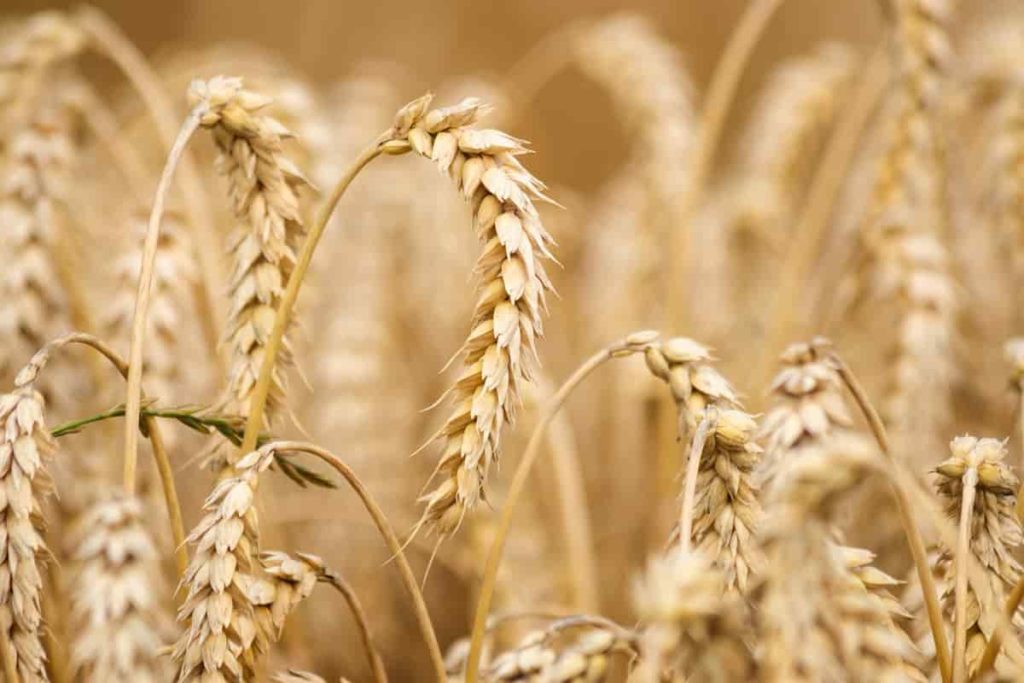
Pests and diseases control
Wheat plants are susceptible to many pests and diseases such as aphids and termites. While some common diseases in Wheat plants are brown rust, powdery mildew, flag smut, etc. To control pests or diseases, you can use good-quality pesticides or insecticides. You can also consult your local agricultural extension office or an expert who can give you appropriate advice.
Harvesting
Harvesting begins when the leaves and stems turn yellow and become quite dry. Remember that Wheat should be harvested before it is ripe to avoid loss of yield. Thus, along with the good quality of Wheat, timely harvesting is essential for maximum yield. When the moisture content of Wheat reaches about 25-30%, then the Wheat is ready for harvesting. Combine harvesters are available in the market for harvesting, threshing, and winnowing of Wheat in a single operation.
Ways wheat farming make you rich in a short time
Sardar sahab singh earn more profit through zero tillage in wheat
Sardar Sahab Singh, a farmer of Ramba village in Karnal district of Haryana has an area of about 42 hectares in an area of 600 mm rainfall with zero cultivation resources and better income. He grows cereal crops such as Wheat and paddy, fodder crops like alfalfa, millet, maize, coriander (for sale as a green crop), turnips, etc., in sandy loam soils.
On the advice of scientists, he bought two Zero Tillage machines in 2000 and 2001, each priced at Rs 16,000. Zero tillage has saved a lot of labor. He found very few weeds in his field so he could save on the purchase of herbicides. During 2007-08, the average yield of Wheat on his farm was 6.0 tons per hectare using zero tillage which is equivalent to conventional methods.
In case you miss this: Wheat Farming Information Detailed Guide
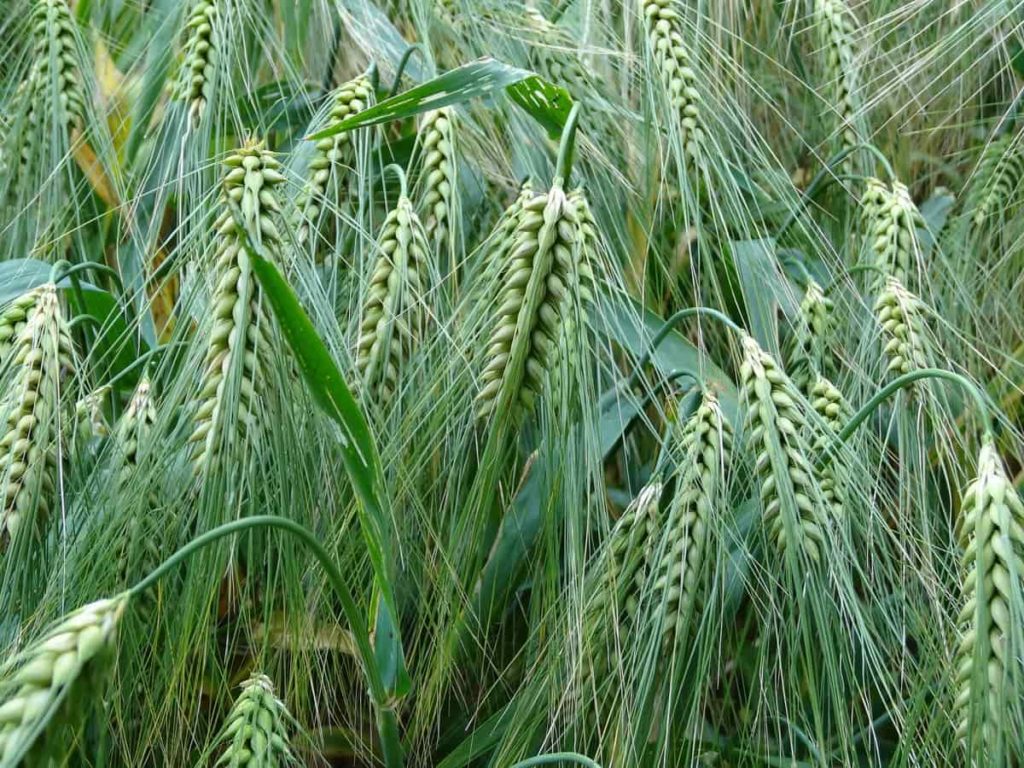
During the 2015-16 harvest season, it planted 7.0t / ha. Operational expenditure was Rs. 25000 per hectare. Therefore, its net profit was Rs. 88750 per hectare. It has saved a minimum of Rs. 4000-5000 on account of plowing and labor cost as well as 2-3q/ha more yield as compared to conventional tillage.
Finally, he has become a role model for other farmers. They have also observed that due to continuous adoption of zero tillage technology, the health of the earth has increased in terms of organic carbon, increase in water storage capacity, avoidance of terminal heat, and less lodging. He found it a very useful technology as far as the environment is concerned, he considered it a very useful technology. He believes this technology has the potential to overcome the problem of residue burning.
- Types of Pesticides Used in Agriculture: A Beginner’s Guide
- Economical Aquaculture: A Guide to Low-Budget Fish Farming
- 15 Common Planting Errors That Can Doom Your Fruit Trees
- How to Make Houseplants Bushy: Effective Tips and Ideas
- Innovative Strategies for Boosting Coconut Pollination and Yield
- Pollination Strategies for Maximum Pumpkin Yield
- The Complete Guide to Chicken Fattening: Strategies for Maximum Growth
- Natural Solutions for Tulip Problems: 100% Effective Remedies for Leaf and Bulb-Related Issues
- Revolutionizing Citrus Preservation: Towards a Healthier, Greener Future
- Natural Solutions for Peony Leaf and Flower Problems: 100% Effective Remedies
- Maximizing Profits with Avocado Contract Farming in India: A Comprehensive Guide
- Natural Solutions for Hydrangea Problems: 100% Effective Remedies for Leaf and Flowers
- The Ultimate Guide to Choosing the Perfect Foliage Friend: Bringing Life Indoors
- From Sunlight to Sustainability: 15 Ways to Use Solar Technology in Agriculture
- The Ultimate Guide to Dong Tao Chicken: Exploring from History to Raising
- The Eco-Friendly Makeover: How to Convert Your Unused Swimming Pool into a Fish Pond
- Mastering the Art of Delaware Chicken Farming: Essentials for Healthy Backyard Flocks
- 20 Best Homemade Fertilizers for Money Plant: DIY Recipes and Application Methods
- How to Craft a Comprehensive Free-Range Chicken Farming Business Plan
- Brighten Your Flock: Raising Easter Egger Chickens for Beauty and Bounty
- How to Optimize Your Poultry Egg Farm Business Plan with These Strategies
- Subsidy for Spirulina Cultivation: How Indian Government Schemes Encouraging Spirulina Farmers
- Ultimate Guide to Raising Dominique Chickens: Breeding, Feeding, Egg-Production, and Care
- Mastering the Art of Raising Jersey Giant Chickens: Care, Feeding, and More
- Ultimate Guide to Raising Legbar Chickens: Breeding, Farming Practices, Diet, Egg-Production
- How to Raise Welsummer Chickens: A Comprehensive Guide for Beginners
- How to Protect Indoor Plants in Winter: A Comprehensive Guide
- Ultimate Guide to Grow Bag Gardening: Tips, Tricks, and Planting Ideas for Urban Gardeners
- Guide to Lotus Cultivation: How to Propagate, Plant, Grow, Care, Cost, and Profit
- Agriculture Drone Subsidy Scheme: Government Kisan Subsidy, License, and How to Apply Online
- Ultimate Guide to Raising Araucana Chickens: Breed Profile, Farming Economics, Diet, and Care
- Bringing Hydroponics to Classroom: Importance, Benefits of Learning for School Students
- Ultimate Guide to Raising Polish Chickens: Breed Profile, Farming Economics, Diet, and Care
- Ultimate Guide to Raising Australorp Chickens: Profile, Farming Economics, Egg Production, Diet, and Care
- Silkie Chicken Farming: Raising Practices, Varieties, Egg Production, Diet, and Care
- Sussex Chicken Farming: Raising Practices, Varieties, Egg Production, Diet and Care